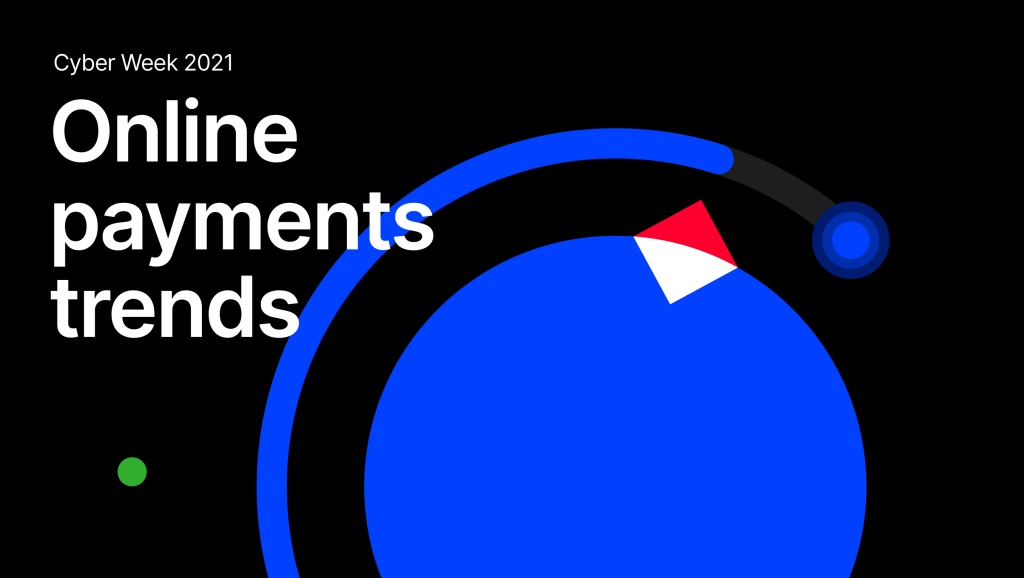Feedback: BNPL boosts Cyber Week sales

Dutch PSP Mollie, now a FinTech Unicorn, has presented a new report on deferred payment. The end of year period and the big sales have boosted usage and the trend, validating the evolution of this type of offer. However, the BNPL is still under debate. And even if this new report pushes for a minimal regulation of these payment facilities that support the growth of online commerce, the expected regulation could just as well have a strong impact on the development of this trend.
FACTS
-
The new report published by Mollie concerns the evolution of payment methods used by small and medium-sized merchants during Black Friday, Cyber Week and Cyber Monday. It covers several tens of thousands of merchants in Europe.
-
One main finding is the use of deferred or split payment methods during the Black Friday and Cyber Monday sales period. The use of this type of service combining payment and credit jumped by 51% in one year (in terms of payment volume).
-
Black Friday also represents a new financial windfall for small and medium-sized European retailers, who recorded a 102% increase in their overall transaction volume during Black Friday compared to the previous Friday.
-
Clothing, footwear and accessories, consumer electronics and sporting goods were the most popular shopping categories during the period.
CHALLENGES
-
Attesting to a rise in power: All observers agree that despite the attacks on this market, the BNPL trend (which concerns fractional or deferred payment methods) is only strengthening worldwide:
-
In the US, PayPal's CEO revealed that it recorded 400% higher Buy Now, Pay Later payment volumes at the time of Black Friday 2021 compared to last year.
-
In France, more than one in 10 merchants accept a split payment method today (less than the European average of 23%). The Banque de France states that the market remains marginal and only represents 5% of consumer credit (i.e. around €4.5 billion per year), but that it should continue to grow strongly in the future.
MARKET PERSPECTIVE
-
However, this growth should not obscure the fact that the criticisms of these new payment facilities are well founded. In the United Kingdom, Barclays Bank has just revealed the results of a study on consumer information about BNPL. It turns out that among 2,000 Britons who confirmed that they had already used a BNPL solution, 40% said they did not fully understand how the service worked. More than a third of respondents nevertheless said they would consider using these payment facilities to cope with the rising cost of living (particularly following Brexit). An intention that Barclays clearly identifies as a major risk for the rise in debt in the country.
-
Especially as the European authorities have yet to rule on the fate of this new market and the expected regulation at both UK and European level could put a serious brake on these new forms of financing by better supervising the players who distribute them.
-
